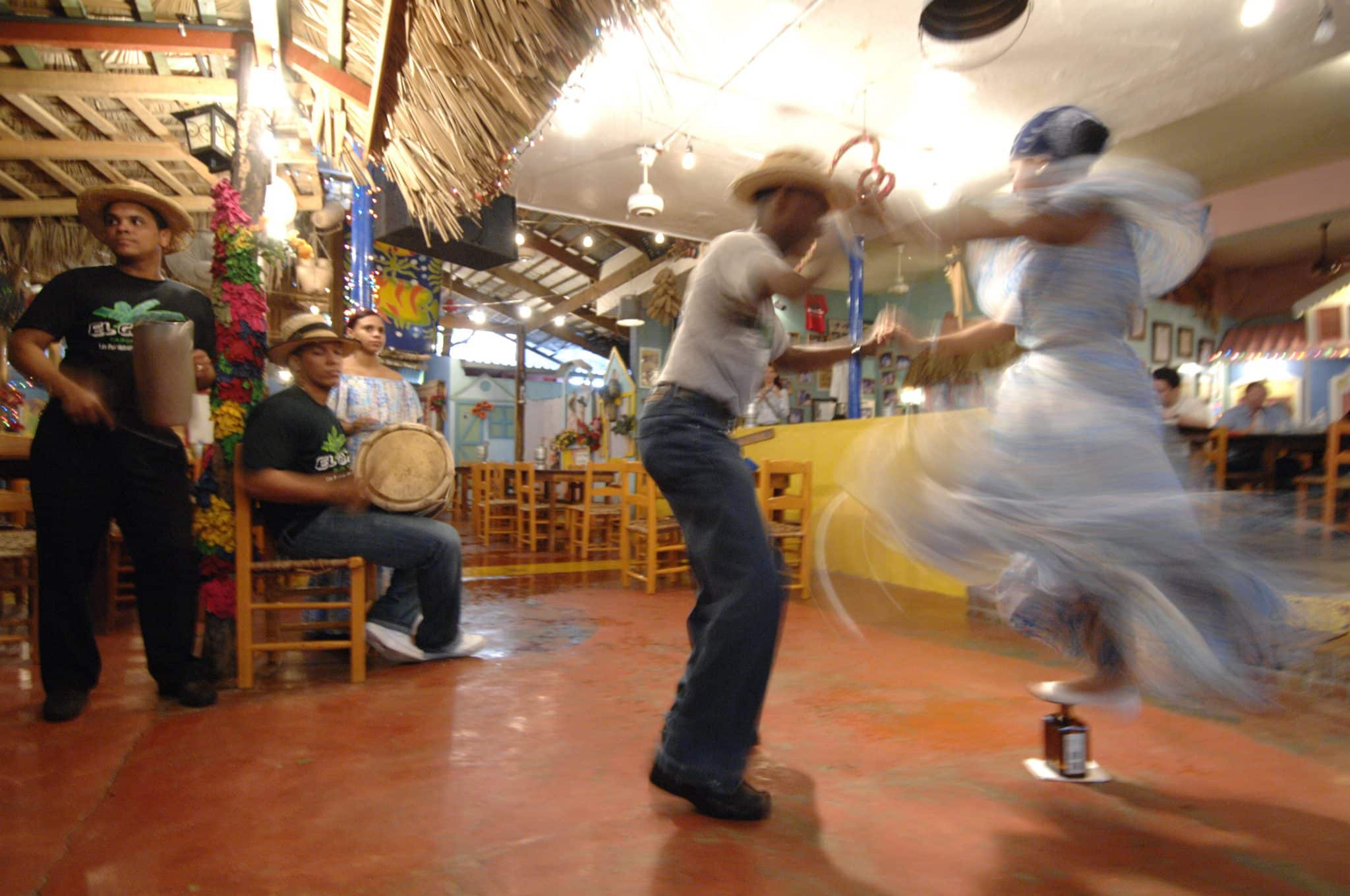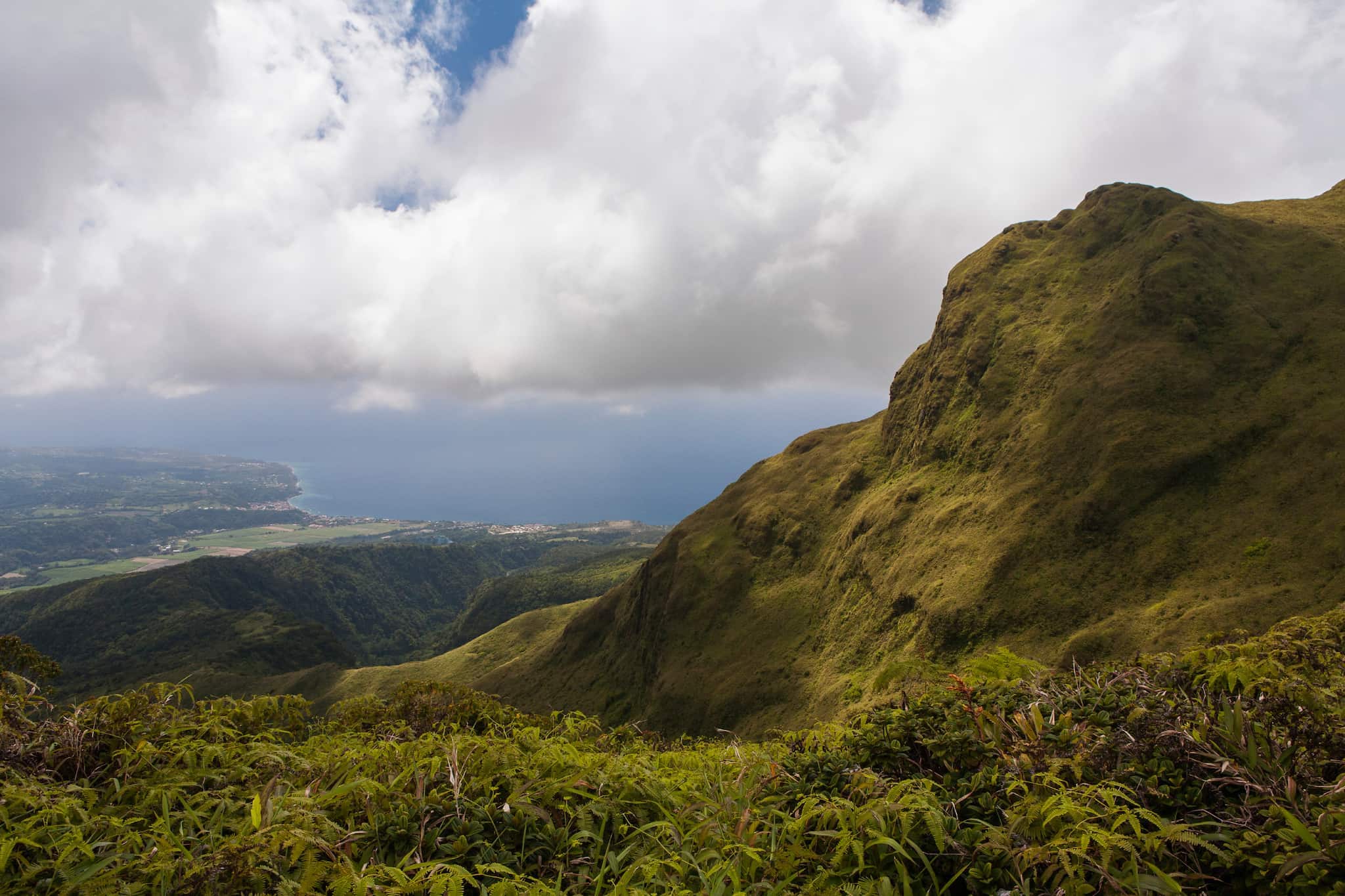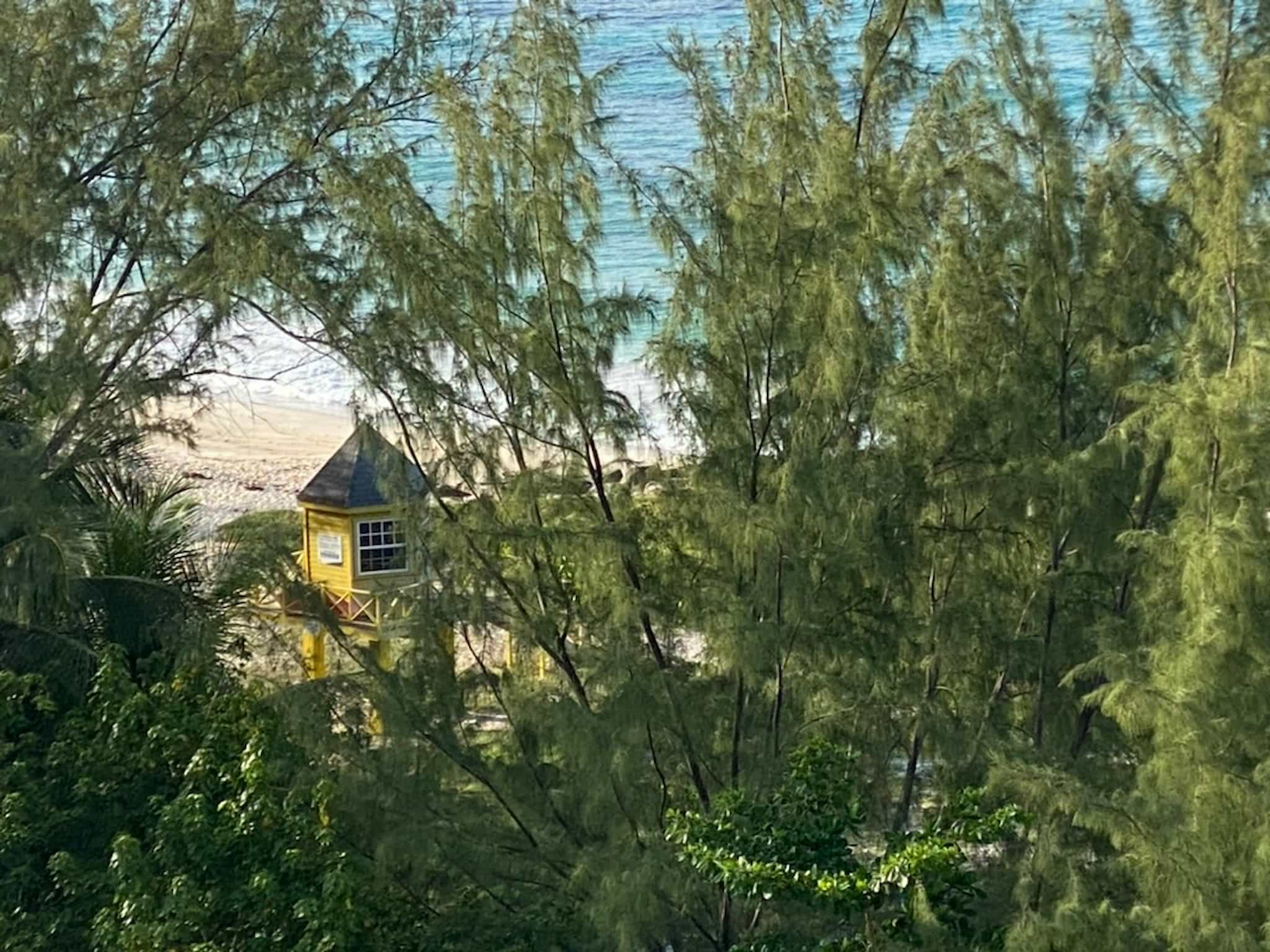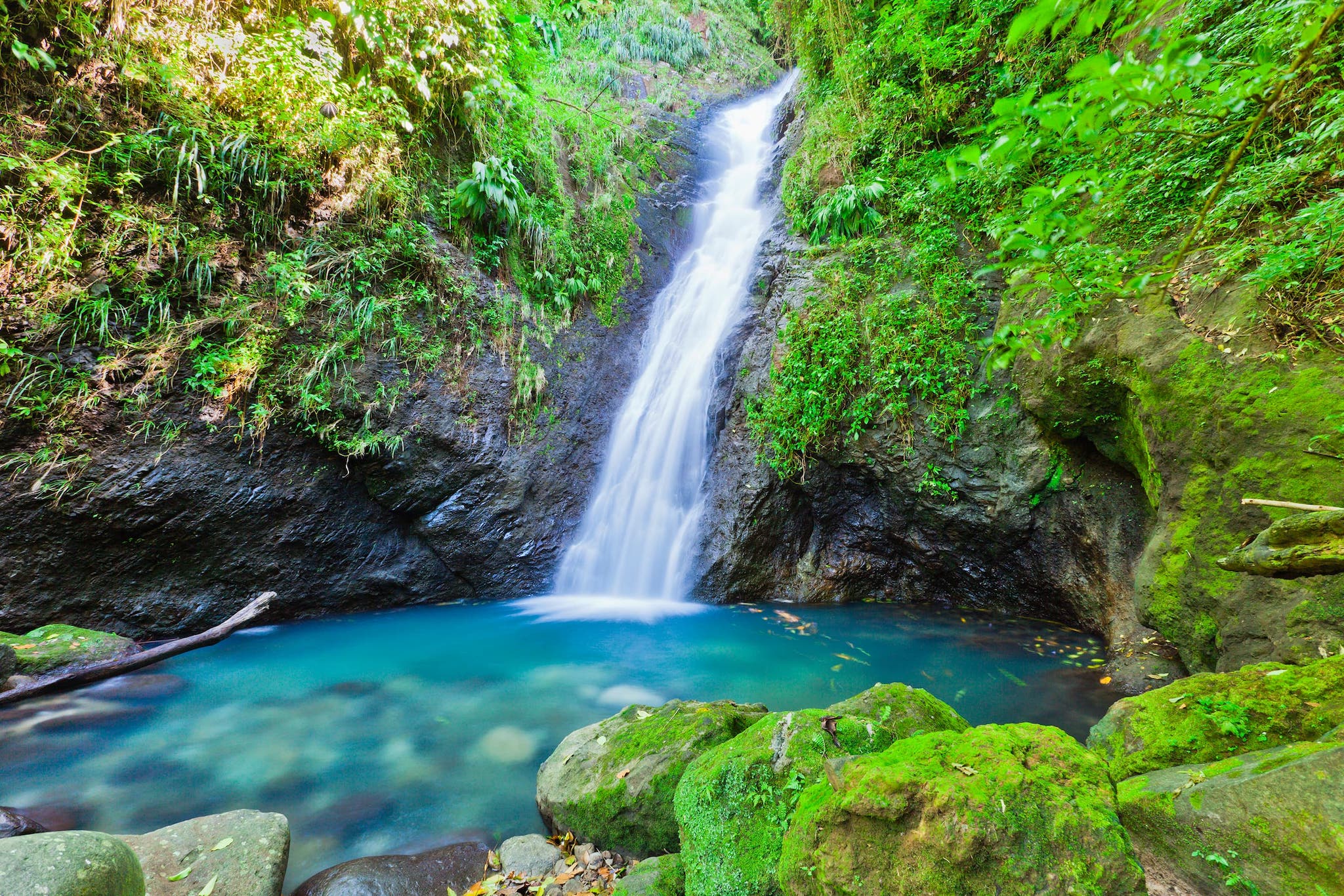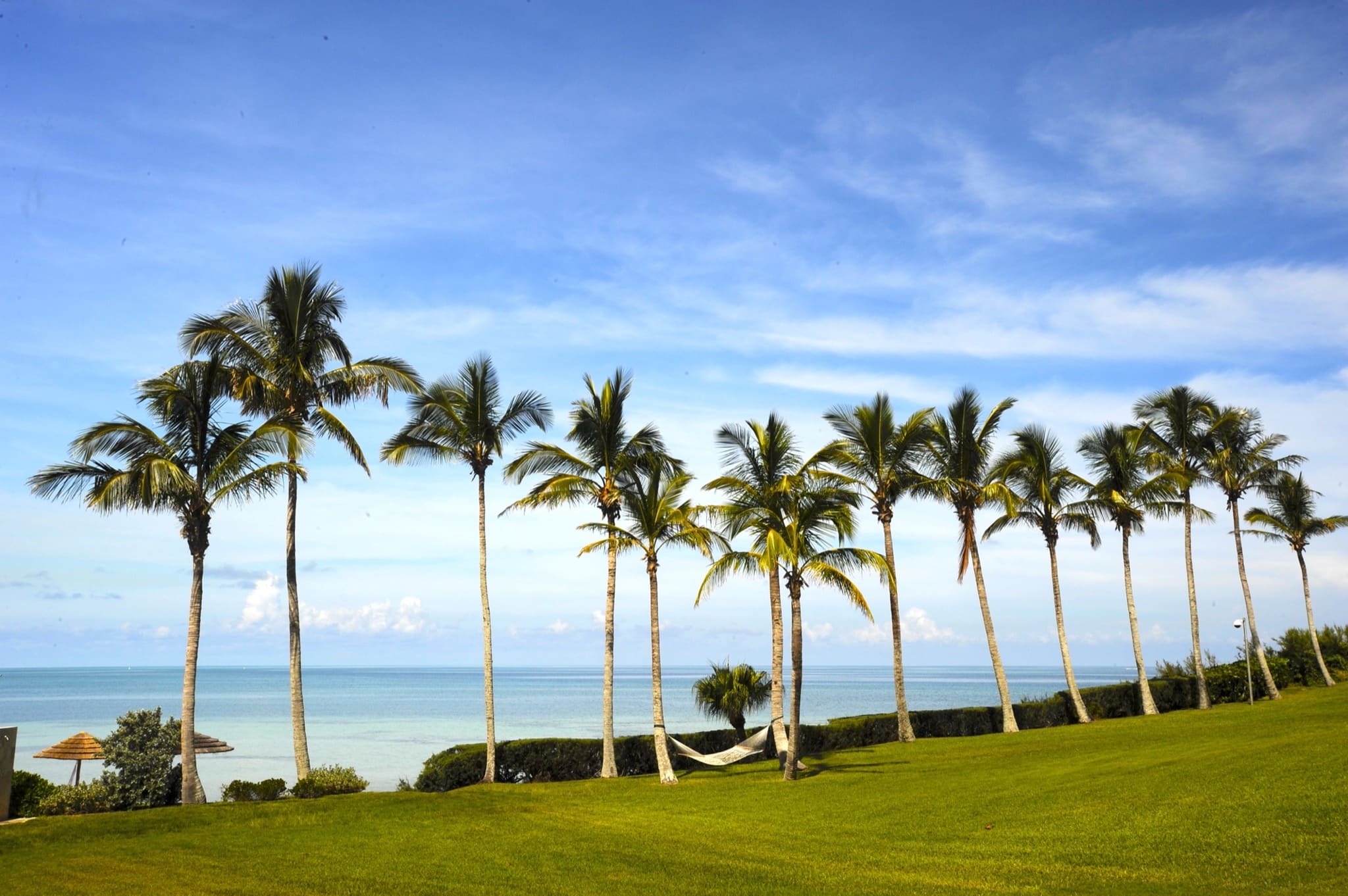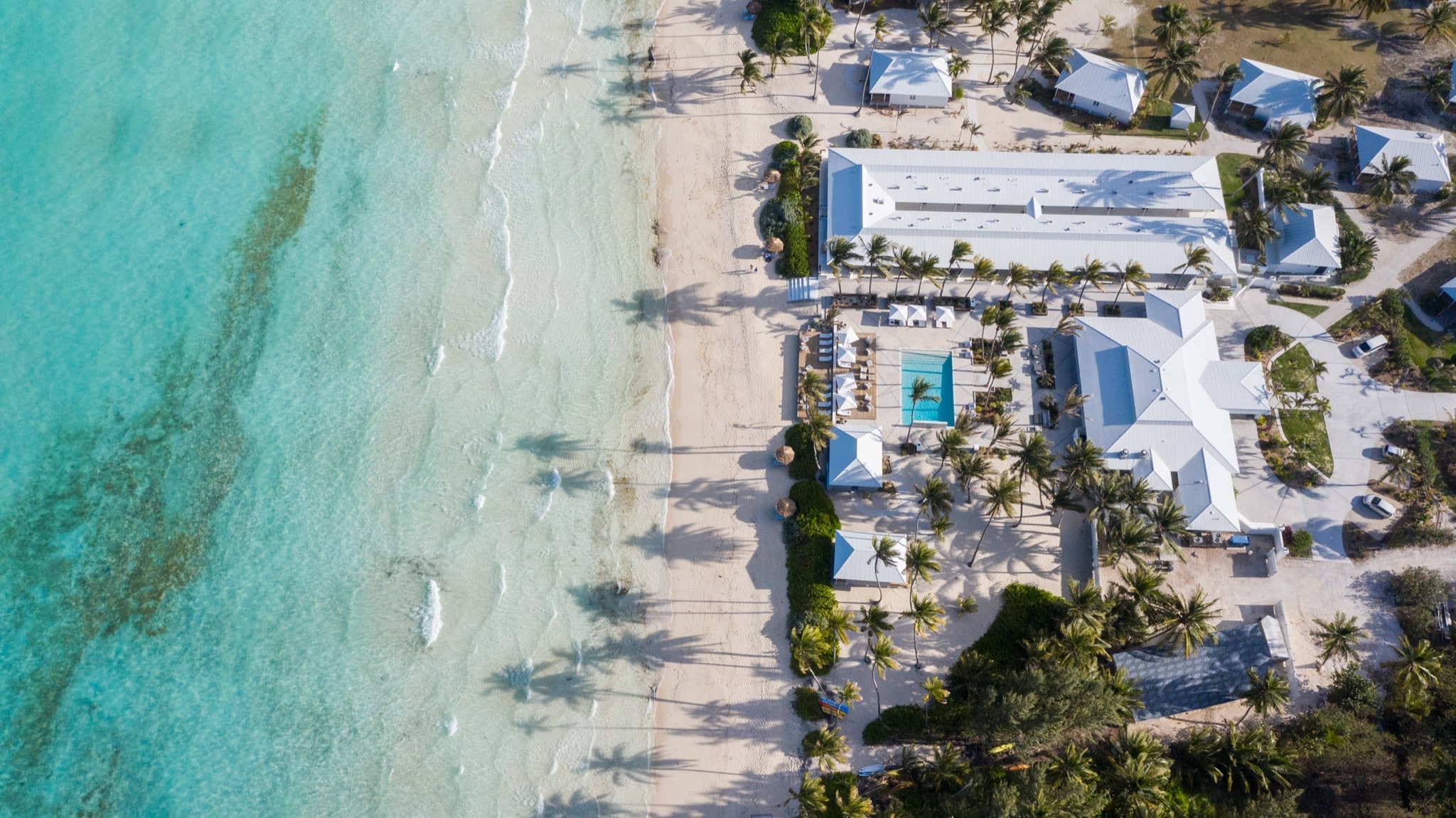The Dominican Republic-DR for short-is a big country, and it offers big contrasts. Mountains soar nearly two miles high, and a saltwater lake lies below sea level. Arid landscapes juxtapose verdant valleys where waterfalls flow. It is home to the oldest continuously inhabited European city in the hemisphere, and one of the newest luxury enclaves in the Caribbean. The people, too, are diverse, and a potent ethnic brew has yielded a culture that is creative, expressive, European, Latin, African and ultimately unique. The Dominican Republic isn’t like any other island in the Antilles, and it’s a must-visit for any serious Caribbean aficionado.
1 History
Santo Domingo was founded by Christopher Columbus’ brother, Bartholomew, in 1496. Over the intervening half-millennium great empires have come and gone, but the city has thrived. The historic center, a UNESCO World Heritage site, was laid out by Governor Nicolás de Ovando in a compact, neatly gridded pattern distinctly different from European cities of the time, with their spider web streets. His grid became a pattern repeated throughout the Americas. The city was also the location of the first cathedral in the New World, completed in 1540. Just touching the stones of these buildings will make you feel very, very young.
2 Beaches
The DR is wrapped in beaches, with many of the finest stretching to the north and west from the island’s easternmost point at Cabeza de Toro. Most famous is Punta Cana, which has become a power player in the Caribbean luxury market. But that’s just the start. Adjacent Bávaro Beach is backed by ranks of towering palms and stretches for six miles. Next come El Cortecito, Arena Gorda, Arena Blanca, Macao and Uvero Alto—altogether more than 60 miles of coastline, most of it lined with sand in shades from dazzling white to coppery bronze.
3 Wind and Waves
Great bathing beaches and great surfing aren’t usually found near each other, but the DR has both. From shallow bathtub conditions in the protected coves along the east coast, it’s just a short drive to some of the most exciting windsurfing on the planet. On the island’s north shore, Cabarete is the epicenter for sailing sports. An entire community has grown up that caters to windsurfers and kiteboarders, with operators ready to hook up newbies and rent top-flight gear to experienced riders. On the Samana Peninsula, Las Terrenas is a mecca for surfers, with similar facilities and excellent waves.
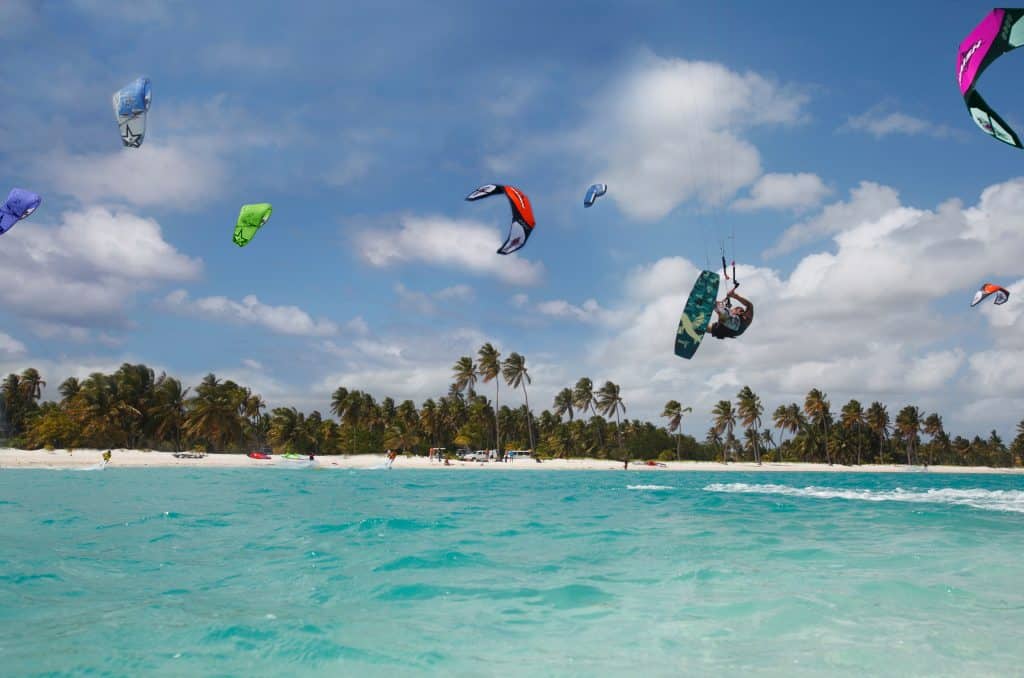
4 Value Packed
Accommodations in the DR run the gamut from basic digs for surf bums to ultra-luxe, but even at the higher end—ably represented by the elegant resorts of Punta Cana—they offer good value. Many of the beach resorts in the east and north are all-inclusives owned and managed by Spanish chains such as Barceló, Iberostar and RIU. The country’s expansive size creates natural advantages in pricing: Labor rates and real estate prices are lower than on smaller islands, and large farming areas provide basic foodstuffs that are both local and inexpensive. For visitors, even if you’re not at an all- inclusive, restaurant meals are reasonable, and there are plenty of small cocinas where you can dine well on a budget.
5 Great Fishing
The east coast around Punta Cana is the island’s established fishing capital, as it faces the deepwater Mona Passage. White marlin appear in the spring and are followed by a wave of blues. Other pelagic species, notably yellowfin tuna, wahoo, mahimahi and sailfish are there too, and a huge contingent of operators are on hand to take you to them. The north coast has its own fleet of boats and guides both for big offshore species and inshore flats fishing for bonefish, permit and tarpon. As with the resorts, prices are alluring, and the boats and gear are as good as the catch.
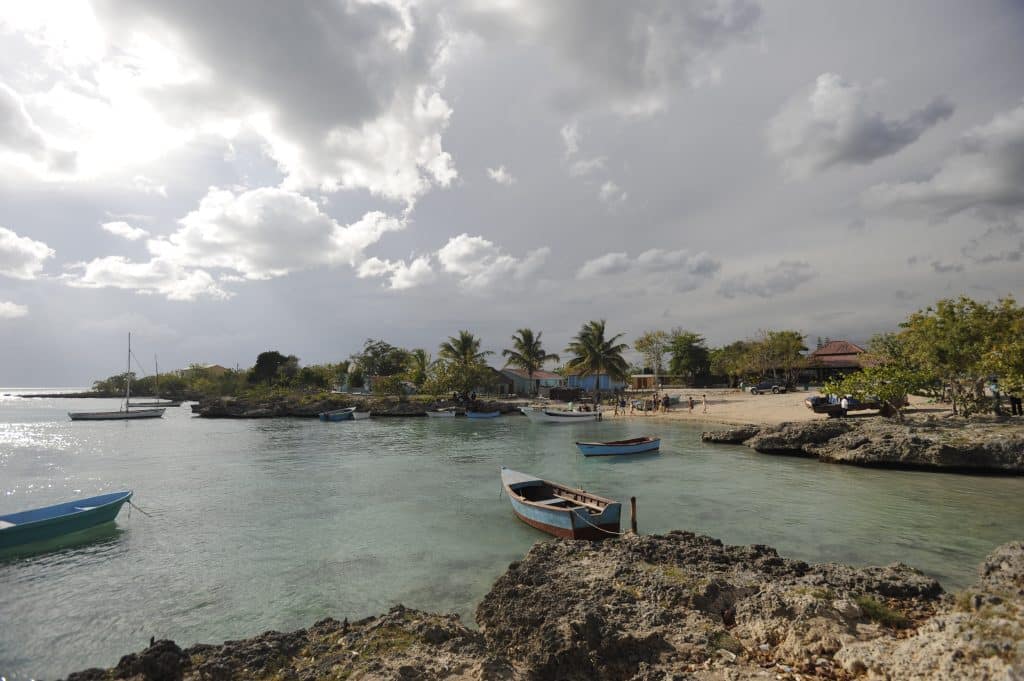
6 Cigars
The native Taíno grew and smoked tobacco in what is now the Dominican Republic for centuries before the arrival of Europeans, and it was seeds exported to Spain that sparked consumption on the Continent. Commercial growers established a hardy domestic production in the DR in the mid-19th century, but few of their products made it out of the country. After Castro’s revolution, displaced Cuban growers settled into the DR’s Cibao Valley. Today there are an estimated 5,000 tobacco farms in the area, and the Yaque Valley subregion is now producing some of the best filler tobacco in the world, rivaling and some say surpassing the products of Cuba’s Vuelta Abajo.
7 Must-Play Golf Courses
Four of Golfweek’s Top 10 Caribbean courses are in the Dominican Republic, and it seems every new resort comes standard with a course that one-ups the last one built. The result is a stable of courses that can keep even top-flight golfers busy for weeks. The courses are clustered around Punta Cana—where you’ll find multiple Jack Nicklaus courses, including Punta Espada, considered the best course in the Caribbean—and the North Shore, where the original Robert Trent Jones Playa Grande is still considered an A-lister. There are outliers; Pete Dye’s Teeth of the Dog at Casa de Campo is legendary, and Tom Fazio has made contributions in Punta Cana as well.
8 La Musíca
The DR ranks with Jamaica and Cuba for musical inventiveness, though its most popular styles— merengue and bachata—have never achieved the crossover international success and instant recognition of salsa or reggae. As in Cuba, Spanish-derived music like danzon was the preferred soundtrack of the upper classes even as the masses were grooving on merengue. President Rafael Trujillo declared merengue the national music and used it as a political tool, paying for the creation of merengues that extolled his virtues and national aspirations. Whatever its other uses, the music proved to be fast, infectious and imminently danceable, and it took off.
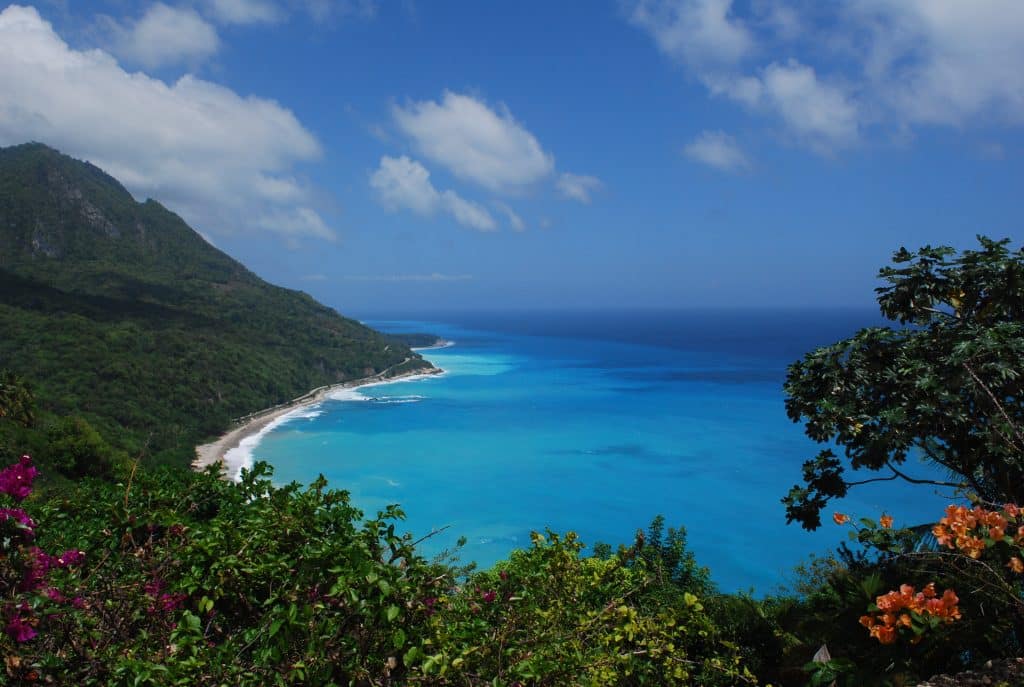
9 Beisbol
Think baseball is America’s sport? Think again. The number and prominence of Dominican players in the big leagues suggests otherwise. Baseball is to the DR what basketball is to New York, Philly and Los Angeles. It’s a culture, and, for the poor but ambitious, the way out. The number of greats from the DR is staggering: David Ortiz, Sammy Sosa, Juan Marichal, Pedro Martinez, Manny Ramirez, Vladimir Guerrero; 400 major leaguers in all. Of these, 76 came from the small town of San Pedro de Macorís alone. In the off season, many Dominican MLB players come home to play in the winter league.
10 Adventure High and Low
The DR is an adventurist’s paradise. Walking the shoreline of Lago Enriquillo or taking a small boat out to its central island—giving the crocodiles wide berth—is an experience that’s unique in the region. From the lowest low to the highest high, put on a pack and make the three-day trek to the top of Pico Duarte. In between those two extremes there are tiny fishing villages, gushing waterfalls, coral reefs and more to explore.

